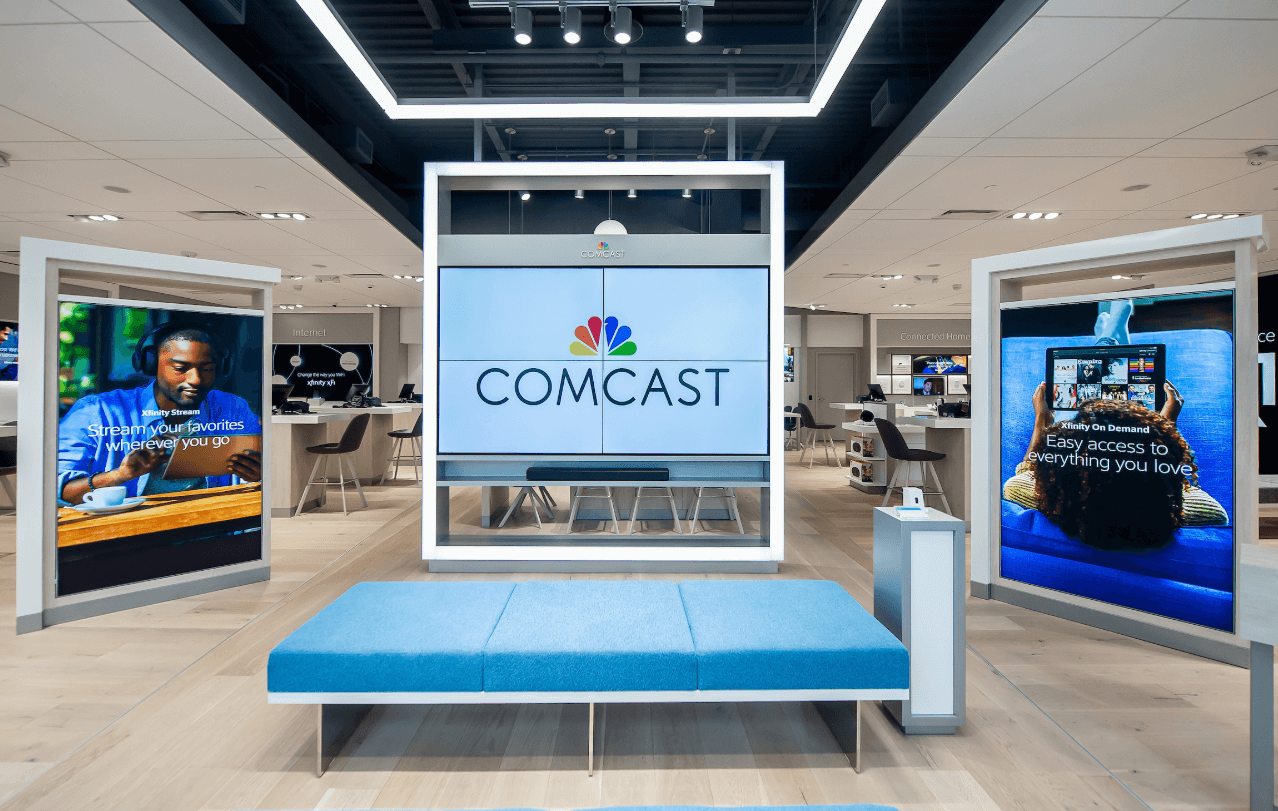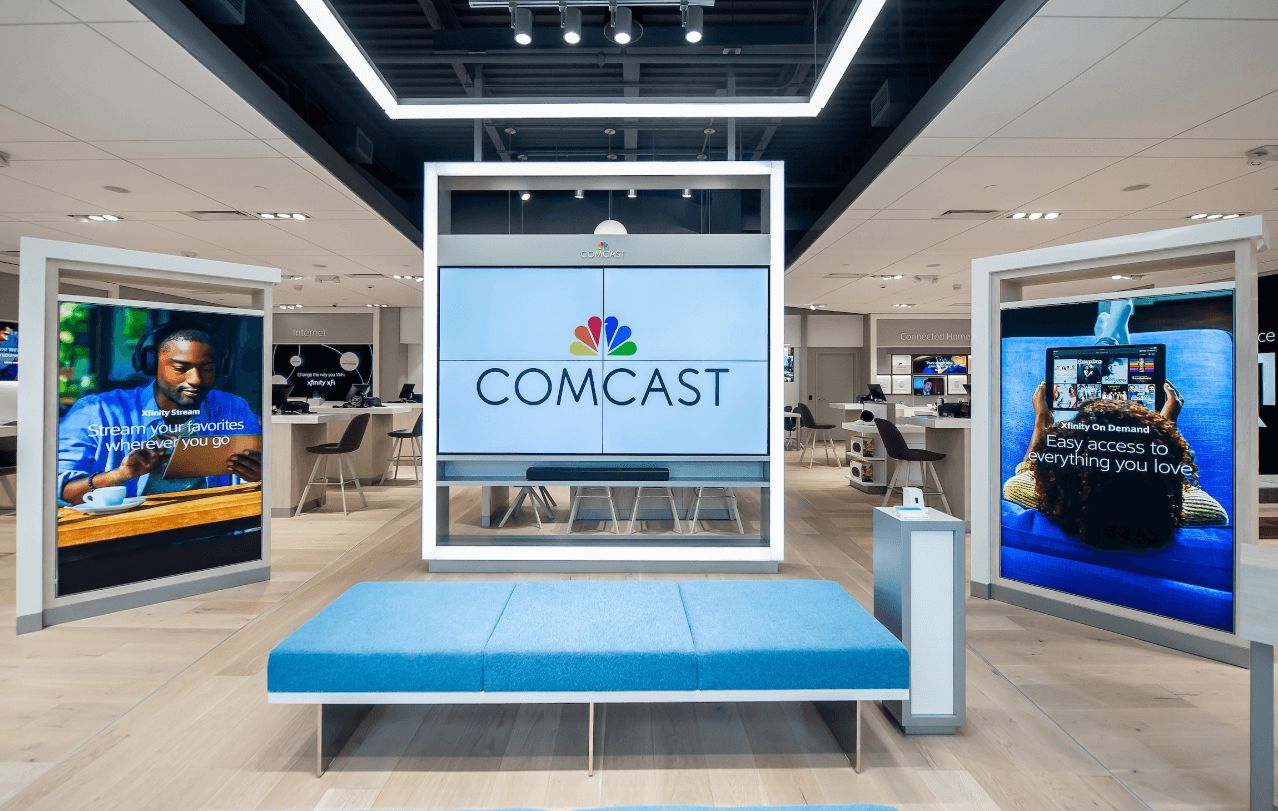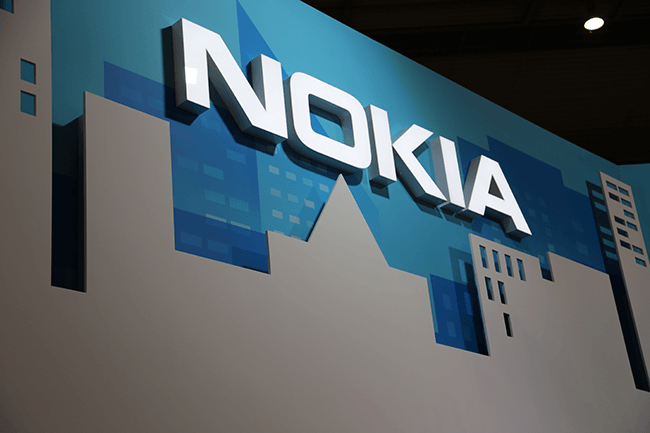In lab testing of DOCSIS 4.0, Comcast achieved a peak speed exceeding 4 Gbps symmetrical. The trial used CommScope MiniBridger FDX amplifiers in a six-amplifier cascade to emulate a typical plant design.
CommScope said the result highlights a multi-year FDX amplifier development effort between the two companies that has also resulted in the development of CommScope’s DOCSIS 4.0 OM6000®node with RD1710-X6 FDX Remote PHY Device (RPD). These provide a module-only upgrade path to DOCSIS 4.0 FDX in an open-standards environment. In the case of Comcast, they will serve as direct upgrades to the installed base of CommScope STARLINE®-series MB amplifiers and OM6000 nodes already deployed in the field.
“DOCSIS 4.0 is ushering in a new era of speed and reliability for consumers and businesses. As we begin to introduce it to our customers, we’re continuing to innovate and push the limits of what HFC networks across the globe can achieve,” said Elad Nafshi, Executive Vice President, Chief Network Officer, Comcast Cable. “Leveraging our installed base of CommScope amplifiers and nodes to achieve even faster symmetrical Internet speeds helps ensure that we can efficiently deliver the best broadband experience to our customers for years to come.”
“CommScope has an incredible legacy of pioneering leadership with the DOCSIS architecture, and this milestone DOCSIS 4.0 FDX lab test with Comcast is further proof that we’re on the leading edge of HFC network technology,” stated Guy Sucharczuk, SVP and General Manager, Access Network Solutions, CommScope. “Our line of STARLINE-Series MB amplifiers, combined with our OM6000 node and RD1710-X6 FDX RPD, will give operators a means to extend their network capabilities well into the future, leveraging their existing investments and infrastructure, while reducing costs and downtime. This is just one way that CommScope’s innovation is empowering our customers’ network evolution, whatever their chosen path may be.”









